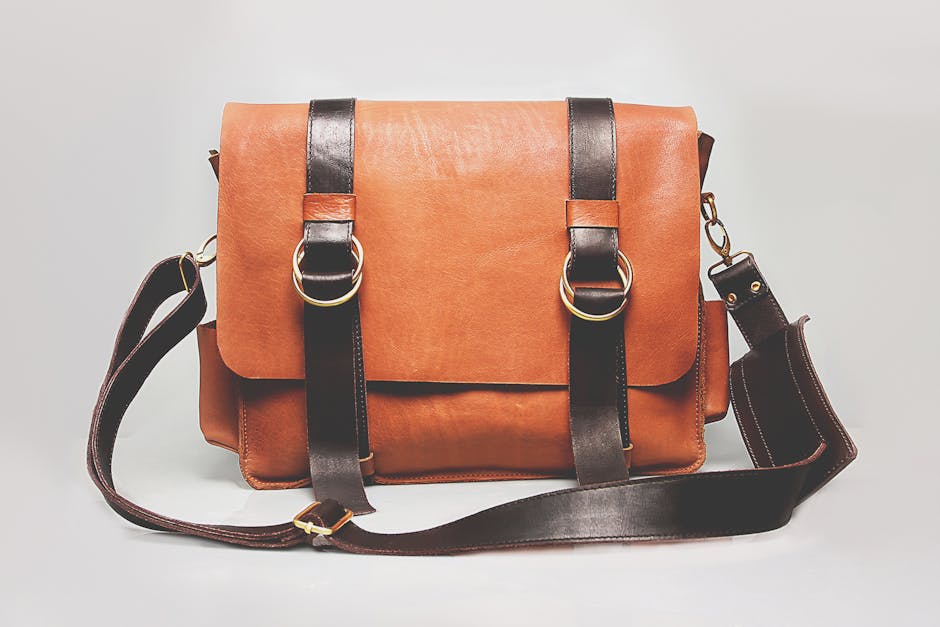How to Create Repurposed Outdoor Furniture That’s Sturdy and Stylish
Introduction
Giving old items a new lease on life is not only environmentally conscious but also a fantastic way to add unique character to your outdoor space. Repurposed outdoor furniture can be surprisingly sturdy and stylish, transforming discarded materials into functional and eye-catching pieces. This guide will walk you through the process of creating durable and attractive repurposed furniture for your patio, garden, or balcony.
Main Sections
Finding Inspiration & Planning
Before diving into the building process, it’s crucial to gather inspiration and plan your project. This ensures a cohesive and practical outcome.
- Browse Online Platforms: Websites like Pinterest, Instagram, and DIY blogs are treasure troves of repurposed furniture ideas. Search for keywords like “recycled outdoor furniture,” “upcycled patio furniture,” and “DIY pallet furniture.”
- Consider Your Space: Assess the size and style of your outdoor area. Choose furniture pieces that complement the existing aesthetic and fit comfortably.
- Define Your Needs: What kind of furniture do you require? A dining table and chairs, a lounge set, a potting bench, or something else entirely?
- Sketch Your Design: Create a rough sketch of your desired furniture, including dimensions and materials. This will serve as a roadmap for your project.
Sourcing Materials
The beauty of repurposed furniture lies in using readily available materials. Think outside the box and consider these options:
- Pallets: A classic choice for creating rustic-chic furniture. Source them from local businesses, construction sites (with permission), or online marketplaces.
- Old Tires: Perfect for making comfortable ottomans, planters, or even swings.
- Metal Drums: Transform them into unique side tables, fire pits, or planters.
- Shipping Crates: Similar to pallets, crates can be used for benches, tables, and storage solutions.
- Reclaimed Wood: Salvage wood from old buildings, fences, or furniture for a rustic and eco-friendly touch.
- Vintage Items: Give old doors, windows, or bathtubs a new purpose as table tops, garden screens, or unique planters.
Safety Note: Always ensure that your materials are clean and free from harmful chemicals or sharp edges. Properly treat any wood to prevent rot and insect infestation.
Preparation is Key
Proper preparation is essential for creating sturdy and long-lasting furniture.
- Cleaning: Thoroughly clean your materials with soap and water. Remove any dirt, grime, or loose paint.
- Sanding: Sand down rough surfaces to create a smooth finish. This is especially important for wooden materials.
- Treating: Apply a wood preservative or sealant to protect your furniture from the elements. Choose a product specifically designed for outdoor use.
- Metal Protection: Treat metal with rust inhibitor and paint to prevent corrosion.
Building Your Repurposed Furniture
Now comes the fun part – bringing your vision to life! Here are some tips for building sturdy and stylish furniture:
- Use Quality Fasteners: Invest in durable screws, bolts, and nails that can withstand outdoor conditions.
- Reinforce Joints: Strengthen joints with wood glue, metal brackets, or corner braces.
- Leveling: Ensure that your furniture is level by using shims or adjustable feet.
- Comfort Considerations: Think about comfort when designing your furniture. Add cushions, pillows, or ergonomic features for a more enjoyable experience.
- Protect Surfaces: Use outdoor paint, stain, or varnish to protect your furniture from the elements and enhance its appearance.
Styling and Finishing Touches
The final touches can make all the difference in transforming your repurposed furniture into a stylish statement piece.
- Painting & Staining: Choose colors and finishes that complement your outdoor space and personal style.
- Adding Cushions & Pillows: Enhance comfort and add pops of color with outdoor-friendly cushions and pillows.
- Accessorizing: Decorate your furniture with plants, candles, lanterns, or other decorative items.
- Weatherproofing: Protect your furniture from the elements with covers when not in use.
Conclusion
Creating repurposed outdoor furniture is a rewarding experience that allows you to express your creativity, reduce waste, and add unique character to your outdoor space. By following these tips, you can build sturdy and stylish furniture that will be enjoyed for years to come. So, gather your materials, unleash your imagination, and start transforming discarded items into beautiful and functional pieces!














Post Comment